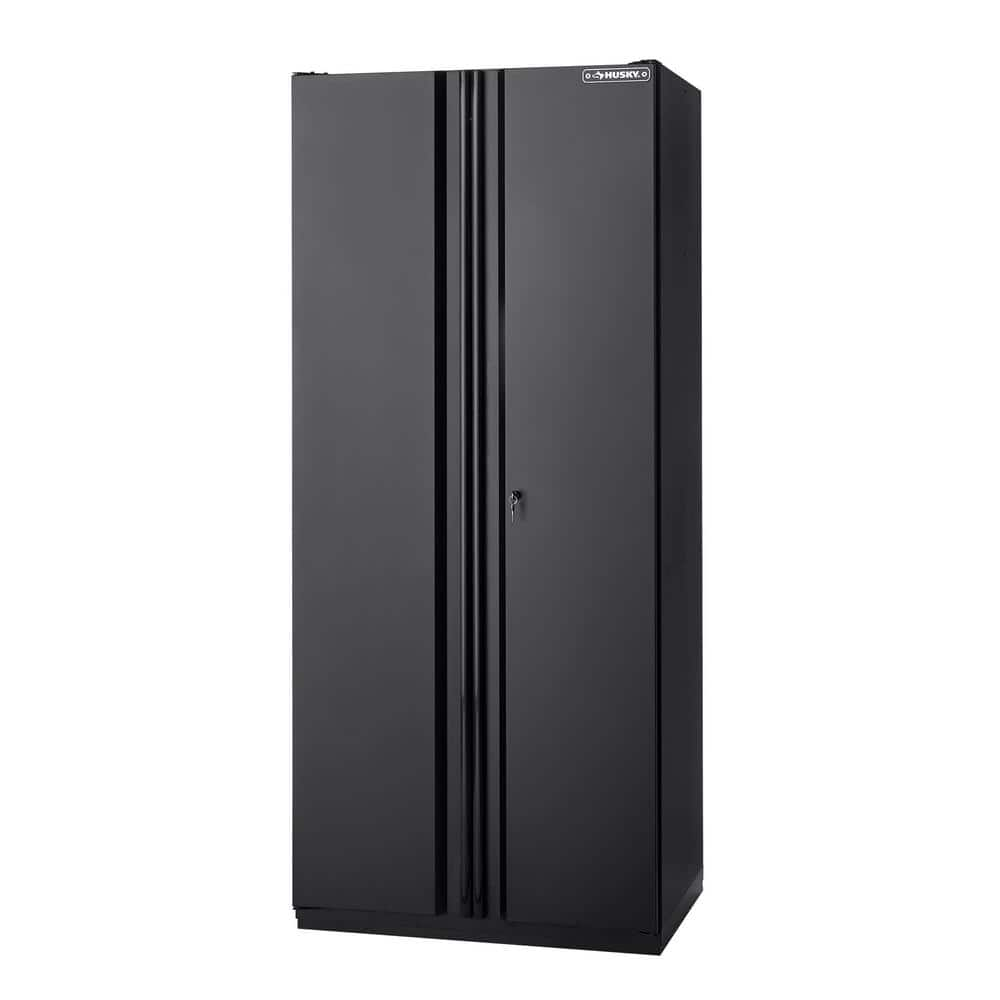Muscle Rack Black 5-Tier Heavy Duty Steel Garage Storage Shelving (48 in. W x 72 in. H x 24 in. D)
Versatile design can be assembled as shelving unit or work bench. Enamel finish protects against corrosion and chipping. Each shelf supports up to 800 lbs.
You can assemble this Edsal heavy duty steel shelving unit vertically as shelves or horizontally as a workbench for your office or home. Its neutral color goes with everything in your home. You can adjust this multi-purpose unit’s shelves in 1.5 in. increments to fit any storage need. It features a rivet lock system that provides strength and rigidity.
- Total weight capacity of 4000 lbs. (when evenly distributed), enabling you to store a large number of household and personal items
- Steel beams and shelves with particle boards and a durable black enamel finish
- 5 shelves that provide ample storage for bins, boxes, tools, food containers and more
- Easy installation with just a hammer (sold separately) and no nuts or bolts
- 1-year manufacturer warranty
Additional information
| Assembled Depth x Height x Width (in.) | 24 x 72 x 48 |
|---|---|
| Shelf Weight Capacity (lb) | 800 |
| Manufacturer Warranty | 1 Year Limited |






by Christine
Sturdy and easy to assemble.
by Donna
Love the racks. Very easy to assemble. Perfect!
by Boo
I bought 2 shelves. Very easy for to put together. You do need 2 people to move since they are sturdy & heavy. Worked perfect in my garage. May need a couple more.
by Fily
Assembles as expected, good fit and finish.
by Melissa
Nice look after assembly. Would be nicer if it’s all metal.
by Kelsey
Very easy and quick to assemble. Very happy with my purchase.